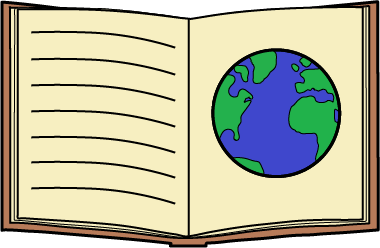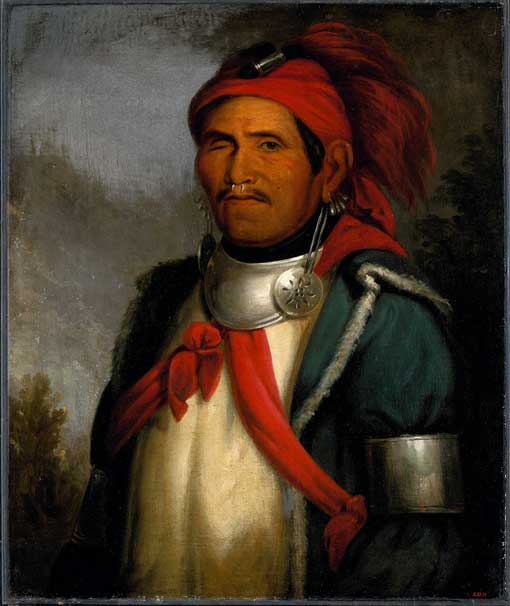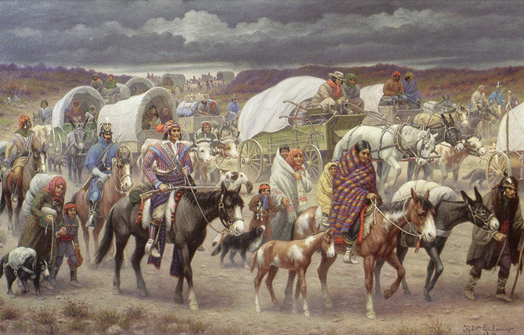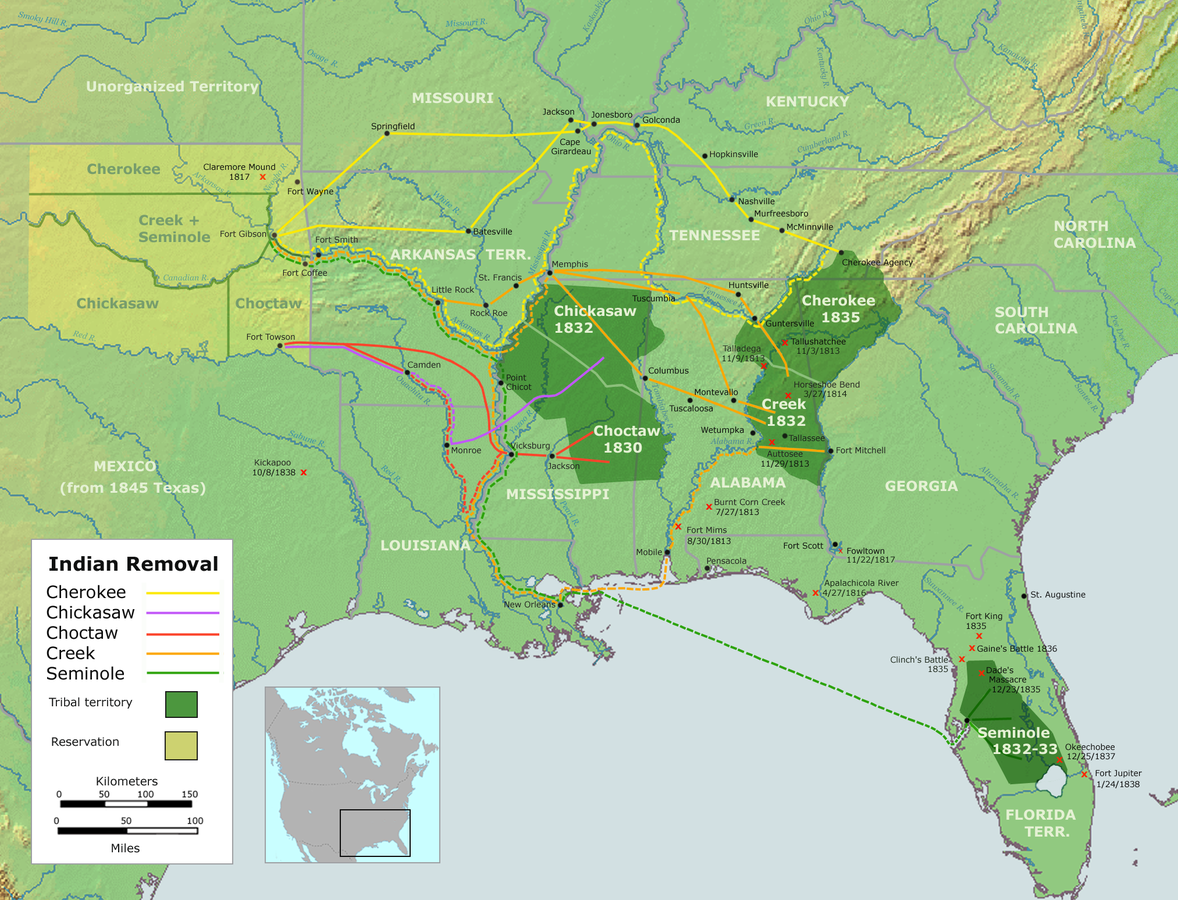
Westward expansion gave opportunity to many Americans. Many could start out fresh, begin a new life, and get land. However, for most Native Americans, they were losing many things. They were being forced off of their land. They had to find a new place to live. They were fighting to survive as a people.

Native Americans tried to protect what they had. For an example, two Shawnee leaders gathered their people in central Indiana to fight against westward growth. One of the leaders was Tecumseh. The other was called the "Prophet." They were brothers. They called for the Native Americans to unite and to fight to protect themselves. They were called the Western Confederacy. For several years they united their tribes and fought. They even got help from the British.
At that time, William Henry Harrison was the governor of Indiana. He was worried about what the Native Americans were doing. Governor Harrison gathered troops to stop the Indians. He had military experience because he had been an officer in the army before. In November 1811 Harrison brought troops against the Native Americans. It was called the Battle of Tippecanoe. The U. S. troops won the fight. They destroyed the city where the Indians had gathered. The Native Americans lost again.
Native Americans kept getting moved. They kept getting pushed out of the places where they lived. In the south, Indian tribes were removed from their lands. They were forced to move to new homes west of the Mississippi River. President Andrew Jackson wanted to make room for settlers moving west. In order to do this he moved the Native Americans to other lands.
How did the country get the Indians to move? There were many ways. Treaties were made. Laws were passed. There were battles. And there were agreements. Little by little Native Americans were forced to move.

President Jackson pushed the Indian Removal Act of 1830 through Congress. This means he got the law makers to pass this law. Native Americans were supposed to move on their own, but not very many went. When not many of the tribes moved on their own, the government forced them to leave.
The Trail of Tears was a sad example of how Native Americans were forced to leave their homes. By 1838 many of the Cherokee had not moved. There were 15,000 who had not gone west. The government sent in 7,000 troops and forced them to leave.

The Cherokee were not even allowed to gather their things. As they left, the troops stole things from their homes. There were 4,000 Cherokee that died on the trip. They died of cold, hunger, and disease as they traveled to the western lands.
Disease was another way that Native Americans were seriously affected by the influence of the expansion of this nation. Native Americans got diseases from the Caucasians, or whites. An example of this problem took place in North Dakota during the winter of 1804 - 1805. The Lewis and Clark Expedition set up camp near the Mandan Indian tribe. They built a fort and stayed that winter. The Mandans were a great help to the expedition; however, the whites brought diseases with them. The bodies of the Mandan Indians could not resist the diseases and a good number of the Indians died.
Disease almost killed off the whole tribe. By the late 1830s there were only 150 Mandans left.
While Caucasian or white Americans were benefiting from westward expansion, Native Americans became the big losers. They were forced to move out. They lost their homes, their lands, things that they owned, and even their lives.

Text Credits:
http://www.pbs.org/wgbh/aia/part4/4p2959.html;
http://www.ushistory.org/us/24f.asp